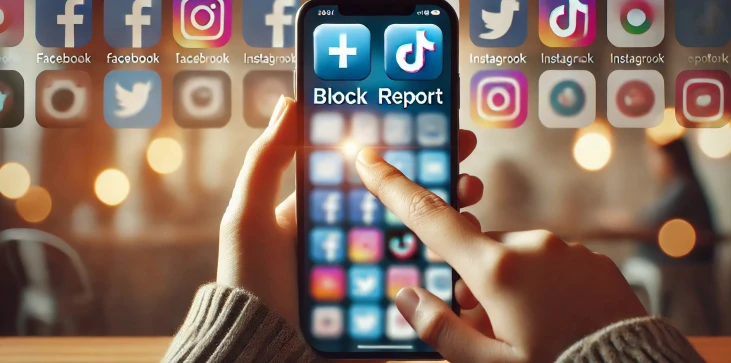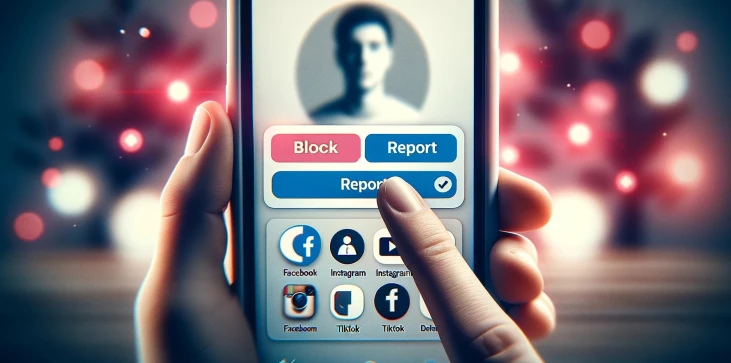
Social media has become a cornerstone of our daily lives, but it’s also a space where negative interactions can occur, from harassment to spam. To combat these, platforms provide tools like blocking and reporting. But how do you know which one to use? The "block vs report" dilemma often leaves users confused, but it’s crucial to understand their distinct functions and outcomes. Blocking a user allows you to control who can interact with you, while reporting is an important step in keeping the entire platform safe by flagging inappropriate behavior for review by the platform’s moderation team. Blocking is a personal solution—allowing you to immediately stop unwanted interactions. Reporting, on the other hand, triggers a platform-wide action that could result in account penalties, such as suspensions or bans. In this article, we’ll dive deep into the differences between "block" and "report," providing clear guidance on when and how to use each function for a better social media experience.
Blocking someone on a social media platform prevents that person from seeing your profile, sending you messages, or interacting with your content. This feature is designed to offer immediate relief from unwanted interactions. For example, if a user is sending you unwanted messages or engaging in trolling, blocking them cuts off their ability to contact you entirely.
While blocking provides personal protection, it does not affect the person’s account in any other way. They can still use the platform freely, interact with others, and continue posting as usual. The block is solely about limiting your interaction with them.
Deciding whether to block or report depends on the nature of the interaction. If a user is simply being annoying, blocking them might be enough. This is common for spammers or individuals who consistently send you unwanted messages but do not engage in harmful behavior. In contrast, if the content or interactions are abusive, threatening, or violate community guidelines, reporting the user is the best course of action.
In some cases, both options may be appropriate. You can block a user to stop direct interactions and simultaneously report their account to ensure platform moderators review their behavior.
Blocking generally has no severe consequences for the person being blocked, aside from the fact that they lose the ability to interact with you. They will not be notified that they have been blocked and can continue using the platform normally.
Reporting, however, can have much more significant consequences. Depending on the severity of the reported behavior, users could face warnings, temporary bans, or even permanent account suspensions. Platforms take reports seriously, particularly when the content involves hate speech, threats, or harassment.
The tools to "block vs report" are vital in creating a safer, more pleasant social media experience. Blocking is an effective personal tool to remove unwanted interactions, while reporting serves a broader role in keeping the community safe by addressing harmful behaviors. Knowing when to use each option will enhance both your social media safety and the overall health of the platforms.

When you block a user, they are no longer able to see your profile, message you, or interact with your content. However, they will not be notified that they have been blocked. They can continue using the platform as usual but without any interaction with you.
Reporting content does not always guarantee its removal. After a report is submitted, the platform’s moderation team reviews the content to determine if it violates community guidelines. If the content is found to be inappropriate, it will be removed, and further actions may be taken against the account.
Users are not notified directly when someone reports their content or account. However, if the platform takes action, such as removing a post or issuing a warning, the user may become aware that their behavior has been flagged, especially if they receive a suspension or ban.
This format provides a thorough explanation of the differences between blocking and reporting on social media, giving users clear guidance on how to handle different situations they might encounter online.